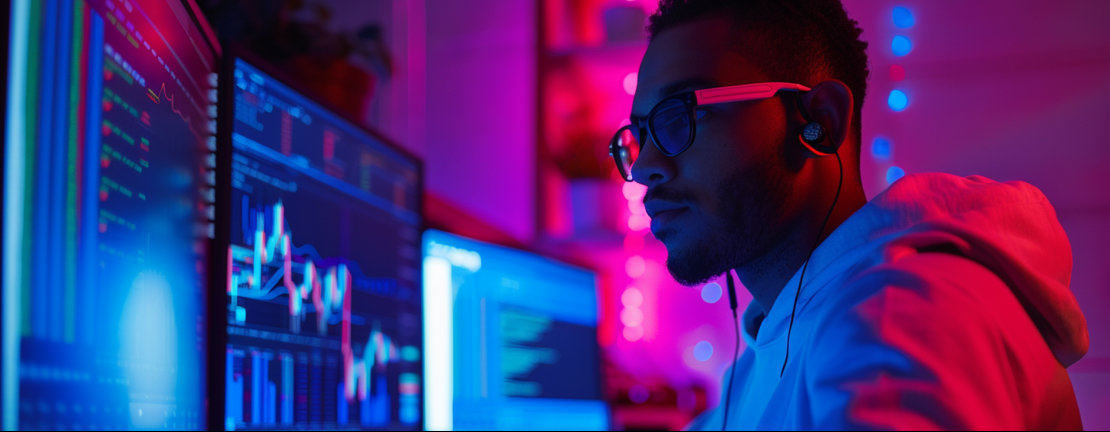Published 23 Jun 2025
Top AI Mistakes Beginners Make When Using Trading Bots

AI trading tools promise speed and precision, but they also come with risks. Many beginners rush in expecting passive income, only to lose money by repeating avoidable mistakes. This article breaks down the most common pitfalls new users face when working with AI trading bots — and how to avoid them.
1. Skipping Backtesting and Paper Trading
New traders often run bots on live accounts without testing. This is one of the most expensive mistakes.
Backtesting checks how a strategy would have performed using past market data. Without it, traders rely on unproven setups. Paper trading allows testing in real time without risking real money. Both steps are critical before launching any bot.
Ignoring these tests can hide issues like slippage, latency, or overfitting — problems that only show up in real or simulated conditions. A strong testing process includes multiple market types (uptrend, downtrend, flat) and avoids relying on perfect parameter settings.
2. Setting Unrealistic Risk Parameters
Many beginners misconfigure stop-losses, use too much leverage, or risk too much per trade. Even well-designed bots can fail under bad risk settings.
Common mistakes:
- Leverage set too high
- Stop-losses too wide or too tight
- No maximum drawdown limits
- Overtrading without frequency caps
- Fixed position sizing that ignores market volatility
Proper risk control includes small position sizes, volatility-based stops, daily loss limits, and limits on trade frequency. Without them, bots can drain accounts quickly during market swings.
3. Ignoring Market Conditions
AI bots follow rules. They don’t automatically adapt to changing markets unless specifically designed to. Many traders run bots in all market environments without adjusting their logic.
Markets are constantly shifting — from trending to ranging to volatile. Bots that work in one condition may underperform or break in another. Without built-in market awareness or regular human adjustment, performance suffers.
Successful traders combine AI precision with real-time oversight and strategy tweaks based on market context.
4. Trusting Unverified or Scam Bots
Scam bots lure new users with promises of easy, automated profits. These bots often:
- Hide their strategies behind vague "AI" claims
- Promise high returns without showing performance data
- Lack transparency about the team or company
- Push users to deposit or recruit others
To stay safe, check if the bot is registered, review independent feedback, verify past performance, and test with a demo account before risking capital. Avoid anything that guarantees profits — real AI trading comes with risk.
5. Believing Bots Are Fully Hands-Off
Many people think bots are “set and forget” tools. That’s rarely true. AI bots still need:
- Ongoing performance tracking
- Walk-forward testing
- Adjustments as markets evolve
- Human review of trades and parameters
Even the best bots struggle during extreme events or sudden market shifts. Human oversight remains key to long-term success.
Conclusion
AI trading bots can help, but only when used wisely. Most beginner mistakes come from skipping setup, rushing in, or misunderstanding how bots work. Test every system, manage your risk, adapt to the market, and stay skeptical of big promises. The smartest traders combine automated tools with smart decisions — and that’s what makes the difference over time.
Read More




 Get RateX Pro
Get RateX Pro

 06 Jun 2024
06 Jun 2024
